




710 Adelaide Pl.
Architect: Robert Stacy-Judd

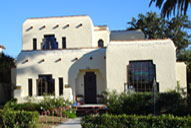
Worrell Zuni House - 1923
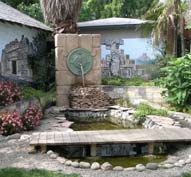
Aztec Hotel Courtyard
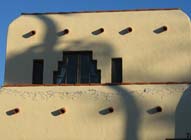 detail
detail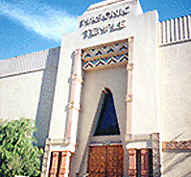
Robert Stacy Judd,
Templo Masónico de North Hollywood, California, 1946-51
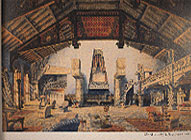
Robert Stacy-Judd, The Maya Lobby
Architect Robert Stacy-Judd designed this Pueblo Revival residence, it’s the only known example of his work in Santa Monica. The design of the house embodies many of the character-defining features of the Pueblo Revival style, including an asymmetrical facade, block composition, and flat roofs with parapets highlighted by red tile coping. Noteworthy are projecting roof beams (a.k.a. vigas) typical of the Zuni tribe of Arizona Indians. The rounded corners of the terraced walls, simulate adobe. A stepped Mayan motif is repeated in the door and window frames.
It’s said that the work of this architect "is always a surprise.”
Stacy-Judd’s style was inspired by 19th century engravings such as the celebrated etchings Frederick Catherwood did for John Lloyd Stephens' "Incidents of Travel in Central American, Chiapas and Yucatan" (1841) and "Incidents of Travel in Yucatan" (1843).
Stacy-Judd became a minor celebrity in the ‘20s and ‘30s when he brought Mayan and Aztec motifs into the design of Southern California architecture. Stacy-Judd's work, specifically the Aztec Hotel (1924) in Monrovia achieved overwhelming popular success and earned praise in publications ranging from the New York Times to the trade magazines American Architect and The Hotel Monthly. His other work includes the Atwater Bungalows (1931) in Los Angeles, the Masonic Temple (1946-51) in North Hollywood, and the Philosophical Research Society headquarters (1936, 1959) in the Los Feliz area.
In the Santa Monica Landmark Commission’s report they sited that “it appears from early photographs that the property was initially a duplex with an exterior staircase and wing wall, which evidently were removed in 1940 when the residence was converted to a single-family home". The photo also reveals that roof tiles were added where there was originally a rounded adobe-style roof.